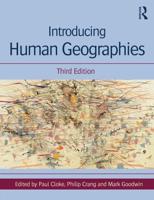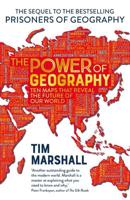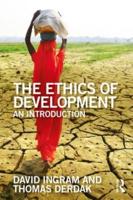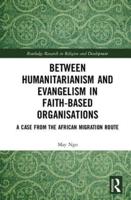Publisher's Synopsis
This book illustrates the diversity of current geographies, ontologies, engagements, and epistemologies of peace and conflict. It emphasizes how agencies of peace and conflict occur in geographic settings, and how those settings shape processes of peace and conflict.
The essence of the book's logic is that war and peace are manifestations of the intertwined construction of geographies and politics. Indeed, peace is never completely distinct from war. Each chapter in the book will demonstrate understandings of how the myriad spaces of war and peace are forged by multiple agencies, some possibly contradictory. The goals of these agents vary as peace and war are relational, place-specific processes. The reader will understand the mutual construction of spaces and processes of peace and conflict through engagement with the concepts of agency, the mutual construction of politics and space, geographic scales, multiple geographies, the twin dynamics of empathy/othering and inclusivity/partitioning, and resistance/militarism. The book discusses the intertwined nature of peace and conflict, including reference to the environment, global climate change, borders, technology, and postcolonialism.
This book is valuable for instructors teaching a variety of senior level human geography courses, including graduate-level classes. It will appeal to those working in political geography, historical geography, sociology of geographic knowledge, feminist geography, cultural and economic geography, political science, and international relations.











